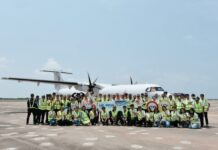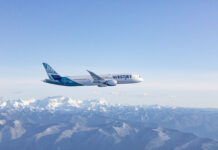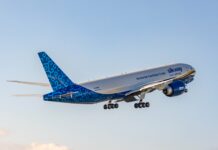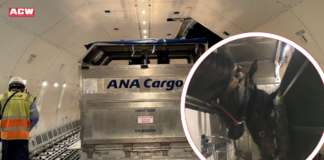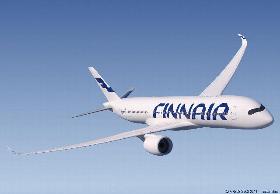

Transformation through technology has been a message repeated during the Nordic Air Cargo Symposium, held on 28 January in Stockholm at the Clarion hotel. To achieve the improved levels of customer service, efficiency and reliability that the shippers are demanding, and the industry knows it must achieve, information technology and electronic initiatives are viewed as the most important factors.
“Industry needs to catch up with other transport systems. The industry needs to be more transparent, better partnership management. Digitialisation is a must. It’s not a question of if it is when,” says Swissport International global cargo operations vice president, Daniel Setz, speaking at the symposium’s speed in air cargo handling/transportation session.
Other speakers at the symposium expressed disappointment that someone who had trained for airfreight twenty or thirty years ago, during the 20th century, would have no problems working in the industry today. SAS Cargo group chief executive officer, Leif Rasmussen, speaking at the earlier, enhancing collaboration in the supply chain, session, says: “Not much has happened over the last 30 years. We need to change the game, not just make small improvements. It’s amazing how as an industry we are so behind in using signals.”
Other participants saw the introduction of paperless processes as the best way to help the industry achieve the 48 hour reduction in transit time the International Air Transport Association challenged the industry to achieve last year.
Finnair Cargo global sales vice president, Mikko Turtiainen, spoke in the same session as Setz. Turtianinen says: “If we get information right we can cut the transit time. It all comes down to reliability, when you have that reliability [from going paperless] you can have that 48 hour target time, you can cut that time for shipments.”
He also addresses the issue of transit times being affected by delivered cargo sitting in a warehouse for 48 or 72 hours before it is picked up to be taken to its final destination. Finnair’s commitment to technology as a route to faster processes is reflected in its plans for its next freight terminal. “It will have automation to degrees that have not been seen in many places. The new terminal will be a benchmark, hopefully there will be news of this in upcoming days,” Turtianinen says, suggesting an announcement could be made this week about the terminal.
The plan for the terminal is to have it operational by 2017 with a fast operation that is needed for the fish cargo that pass through it. According to Turtianinen, the fish have to pass through the terminal within four hours. He also linked the new terminal to the airline’s introduction of the Airbus A350 into its fleet for more bellyhold capacity. “The fish, they are extremely important. I love Norway and the fish,” he adds. The symposium was attended by about 190 people from 17 countries, including the US and Canada.



